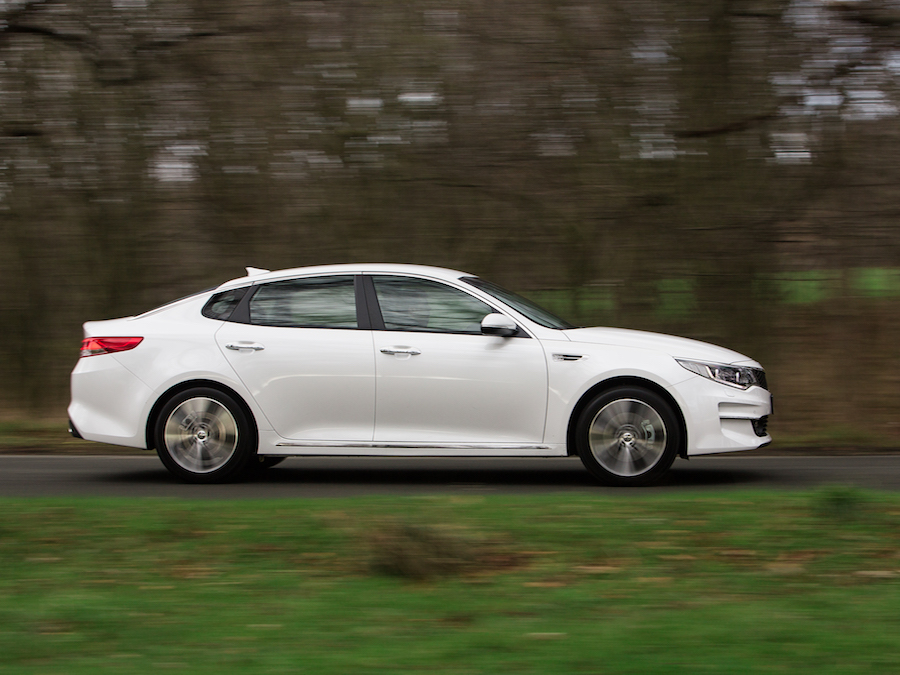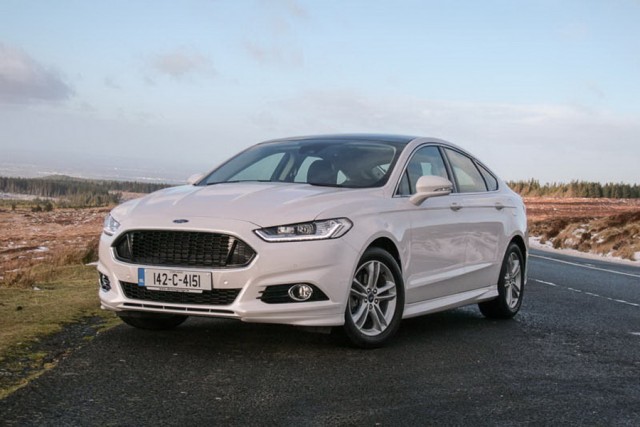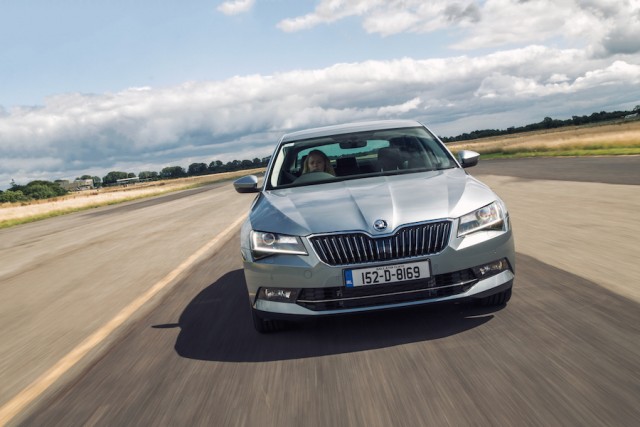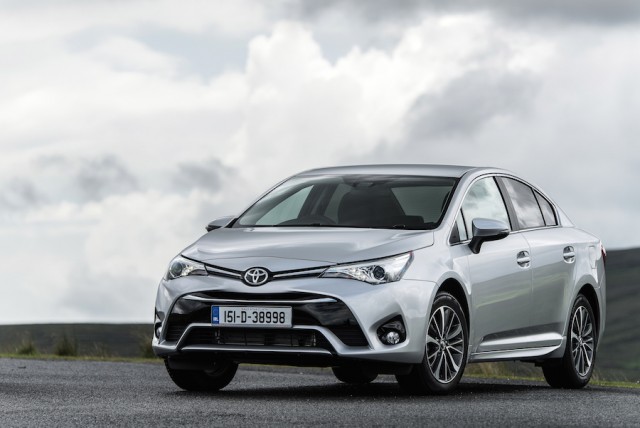Good: much better to drive and has a much better cabin than its predecessor, handsome, good value
Not so good: still some cheap cabin fixtures, suspension still a bit floppy at times
I wonder if the Kia Optima will ever shake off the Alan Partridge thing. You can blame an Irishman for that - Father Ted directing alumnus Declan Lowney it was who decided to have the venerable Mr Partridge bopping and singing along to Roachford behind the wheel of his trusty Kia Optima ("it's a Korean Jaguar...") during the opening credits of Alan Partridge: Alpha Papa. Brilliant film, catch it when you get a moment.
Kia clearly doesn't mind the association (or possibly hasn't noticed), as the new Optima is all but indistinguishable from the old one to a casual glance from the outside. Actually, the entire body and chassis are new (and 450 per cent stiffer according to Kia, and a bit lighter), but the overall effect from the outside, in spite of the new grille, lights and more sharply chiselled detailing, is one of general same-ness. No matter really - the old Optima was a fantastic looking saloon so perhaps it's a classic case of not fixing what wasn't broken.
On the inside, there have been some serious changes. The old Optima, clearly a car aimed more at an American audience than a European one, left you adrift on a sea of cheap plastic and nasty leather seats that looked and felt like recycled school shoes. Comfy? Yep, but not exactly classy. The new Optima represents a huge improvement. The dash is now a broad sweep of stitched leather with a big, bright touchscreen in the middle, and the dials now look as handsome and as understated as anything from Stuttgart or Munich. The steering wheel has the same looks-more-expensive-than-it-should-do effect as that of the smaller Kia cee'd hatchback and the leather on the seats of our Platinum test car now feels as if it once belonged to an actual cow, rather than being the offspring of a vat of volatile chemicals.
It's also massively spacious. The old Optima was already a very roomy car, but this new one is 10mm longer, so it's able to challenge even the mighty Skoda Superb for the coveted Saloon Class Rear Legroom Memorial Trophy. That's not actually a real thing, but it should be.
Equipment levels are pleasingly high too. This Platinum model, in spite of the name, is actually the second trim level and for your €31k you get the infotainment touchscreen, which has one of the best iPhone connections in the business, a reversing camera, leather everything, electronic parking brake, lane departure warning, cruise control with speed limiter, split-zone climate and heated seats front and rear. Oh, and a heated steering wheel too.
The engine has been given a significant improvement as well - the old Optima was hamstrung by oddly high CO2 levels that rather limited its appeal in tax-obsessed Ireland, but the new one has been tweaked so that the same 1.7 CRDi diesel now has more power (141hp) and torque (340Nm), but lower emissions (110g/km with the manual gearbox and the stop-start system). It is exceptionally economical too - Kia quotes in excess of 65mpg, and we topped 55mpg in daily driving without any effort, squeezing more than 300km out of a quarter of the massive 70-litre fuel tank. You'll easily do more than 1,000km to a tankful.
However, you'll want to be saving money because there are still a new annoying cheap-o bits and pieces to be found in the Optima. For all the cabin's improved quality, things like the switch for the handbrake and some other trim items feel appalling cheap, and there's a horrid 'click' sound every time you let out the clutch that might just drive you batty in heavy traffic. The hinges for the (spacious, 510-litre) boot are also terrible - they're not strong enough to keep the lid open if the car is parked on an up-slope, so the lid comes crashing down onto the back of your head as you lean in to grab the shopping. Small things, but rivals such as Volkswagen, Skoda or Toyota wouldn't let such issues out the door.
While the handling and ride have been improved, there's still a strong sense of the old Optima's wallow. I love the fact that it's a car prioritising ride comfort over sporty poise, and most of the time the suspension's slightly soft setting is an utter joy. Occasionally though, sharp urban bumps can actually set up an odd swaying shimmy in the suspension that makes it feel as if the body is not as well tied down as on rivals. The steering is also very light and detached - not a huge issue, but a barrier to driving engagement.
Actually, the Optima has a steel core of dynamic excellence under all that mush. Show it a twisty road and as long as you can live with the body roll, it's actually rather good fun to throw around.
Not the point really though - the Optima is a car that does a number of things well, those chiefly being looking good, making you feel exceptionally comfortable (it has truly excellent seats) and making your neighbours think you've spent more on your car than you actually have. One Avensis-owning acquaintance commented "that's a bit bigger and grander than my car", which is perhaps the best compliment you could give the Optima. No Partridge required.


















































